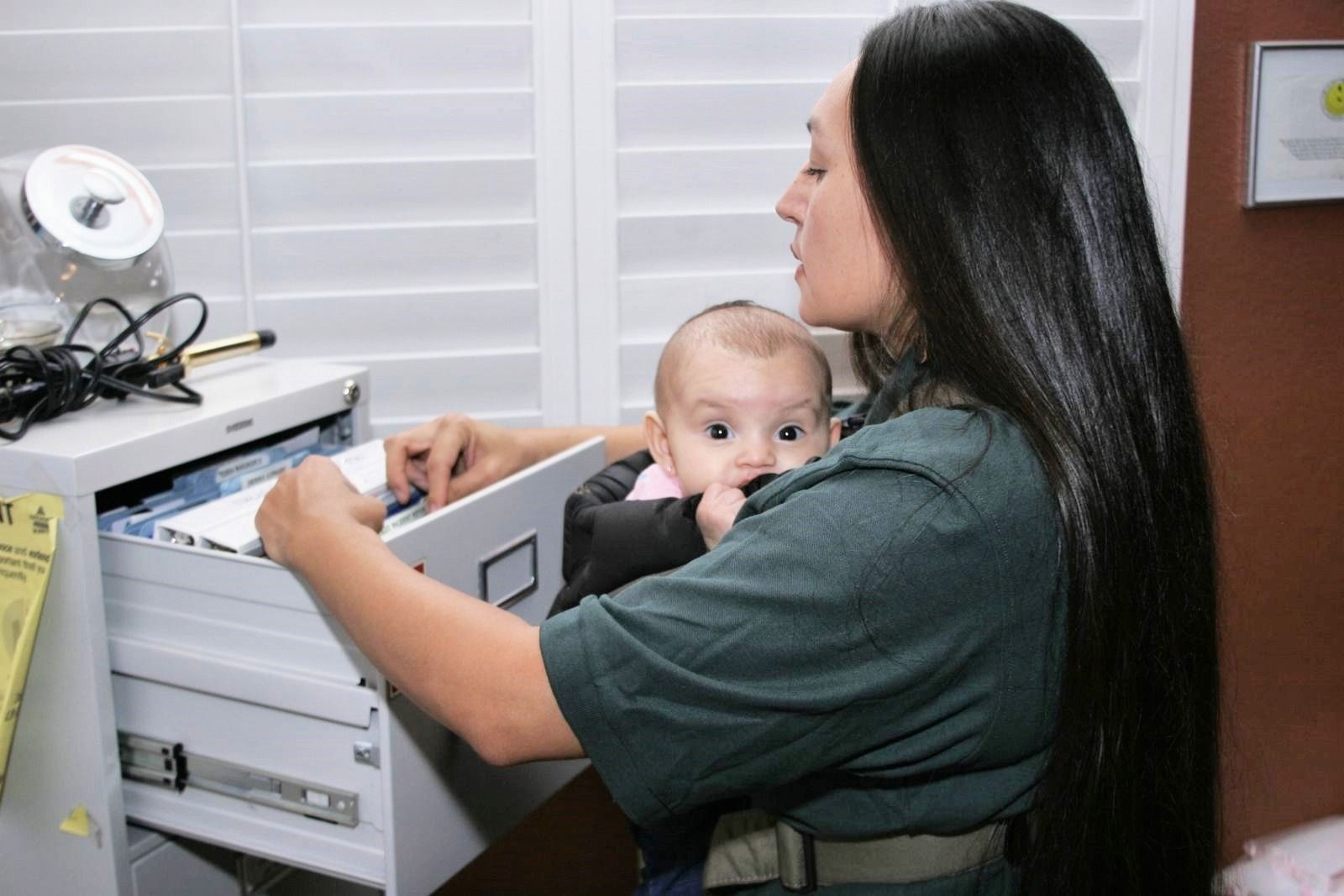You can start pumping right away if you prefer to feed pumped milk to your baby instead of feeding the baby from your breast or chest. If you are returning to work or school, you can start using your breast pump a week or two before your return.
Obtaining a Breast Pump Through
Insurance and Medicaid
The Affordable Care Act and New Jersey law requires most commercial insurance providers and the Medicaid program to provide you with the following at no cost to you:
- One double-electric breast pump for the time you breastfeed your baby.
- Two pump kits, containing flanges that fit and other needed pump parts.
- Rental of a multi-user, hospital-grade pump when recommended by a licensed health care provider, and
- Repair or replacement of broken pumps.
It is best to order your pump directly through your insurance company or Medicaid provider during your pregnancy using the phone number on the back of your identification card. If you have a specific brand in mind, ordering your pump from a durable medical equipment (DME) provider may be more convenient.
If you can't get a breast pump through Medicaid or you don't have insurance, you may be able to obtain or rent a pump through WIC (some do rent hospital-grade pumps). Find your nearest WIC office
here to learn if you're eligible and what other lactation and nutrition services may be available to you.
How To Choose A Pump
Choosing the best pump for you depends on your individual needs and reason for pumping. Several types of pumps are available for purchase or covered by insurance and Medicaid:
Electric Pumps
Electric pumps use a motor and electricity to draw milk out of the breast. They may be used to pump one breast at a time (single) or can pump both breasts (double). Many electric pumps can also use batteries when an outlet is not available. Some electric pumps can be used as a hands-free pump by using a bra or band that holds the pump flange to your chest without the need for hands.
Battery Powered Pumps
Two types of battery-powered pumps are available: pumps powered with built-in rechargeable batteries and those powered by disposable alkaline batteries. Both types usually come with an adapter cord so that the pump may be plugged into an electrical outlet when battery power is low. Battery-operated pumps allow you to move around more easily during pumping.
Manual Pumps
Manual pumps require you to physically create suction by squeezing a handle to draw milk from the breast. They require more effort to use but will work without batteries or electricity and are more affordable than wearable pumps for on the go pumping. They are usually single pumps.
Wearable Pumps
Wearable pumps have flanges that can be tucked under a bra and worn on your body without the need to use hands to keep them in place. They typically use a rechargeable battery that allows you to move freely, and the pump cannot be seen by others. These generally cost more than double electric pumps but may be available for insurance coverage with an additional fee.
Milk Collection Devices
There are also milk collection devices that can collect milk from one breast while you breastfeed the baby at the other breast. These are not pumps although some use suction.
Multi-User Electric Rental Pumps
Multi-user electric rental pumps have the most powerful motors and can be cleaned and used by more than one user. They are most often used when either the parent or infant experience issues breastfeeding or for establishing a milk supply when the baby cannot breast or chest feed. Due to their high cost, they are typically rented.
You may prefer the ease of a double electric pump, whether you are pumping occasionally or many times a day to get enough milk for many of your baby’s feedings. If you are pumping at work or if your pumping time is limited, a double pump will work faster than a single pump. If you need to move around or work while you pump, a wearable pump may work best for you. If you will not have access to electricity when you pump, a manual pump or one that can use a battery may best suit your needs. To choose the best pump for you, ask yourself these questions:
- How do I plan to use the pump?
- Where will I be pumping?
- Do I have limited time for each pumping session?
- Do I need a pump that is easy to carry?
- Do I need the pump to provide some or all of the milk my baby needs?
- Which pumps does my insurance cover?
When and How to Start Using a Pump
If you plan to breastfeed your baby while you are home after your baby’s birth, it is best to keep doing just that! There is no need to start pumping in the early weeks unless you are going back to work, if your milk supply is low, or if you need to leave the baby for a short time with a caregiver.
Tips to Get Started
Using a Pump
- Read and follow your pump’s instructions for use and cleaning of pump parts and bottles before using them the first time.
- Before you pump, wash your hands with soap and water or use a hand sanitizer that has at least 60% alcohol.
- You do not need to wash your breasts and nipples before pumping.
- Make sure the area where you are pumping is clean.
- For tips on pumping and returning to work, visit our Back to Work page.
Tips to Help Get Your Milk to Start Flowing Without Your Baby There
- Think about your baby, look at a photo or smell a blanket or item of clothing that has your baby's scent on it.
- Apply a warm, moist cloth to your breasts.
- Gently massage your breasts.
- Imagine your milk flowing.
- Sit quietly and think of a relaxing setting or play music or sounds that relax you.
Milk Storage Guidelines
- Keep milk at room temperature. Breastmilk may be stored for up to 4 hours after pumping at room temperature (up to 77°F).
- Refrigerate it. Breastmilk may be stored in the refrigerator for up to 4 days.
- If you're not going to use refrigerated breastmilk within 4 days of pumping, freeze it right after pumping.
- Use cooler packs. You can put breastmilk in a cooler or insulated cooler pack with ice packs for up to 24 hours after pumping. After 24 hours in a cooler, the breastmilk should be refrigerated or frozen.
- For more information, review the CDC's guidance on milk storage guidelines in English and Spanish.
Tips for Storing Your Milk
- Use breastmilk storage bags made for freezing human milk, or clean glass or hard BPA-free plastic bottles with tight-fitting lids (Do not use containers with the recycle number 7, which may contain BPA).
- Do not use disposable bottle liners or other plastic bags to store breastmilk.
- Clearly label the container with the date and time you pumped it.
- Store in small amounts (1-3 ounces) or no more than you expect the baby to eat to avoid wasting milk left behind in a bottle that the baby does not finish.
- Leave about one inch of space at the top of the container because breast milk expands as it freezes.





